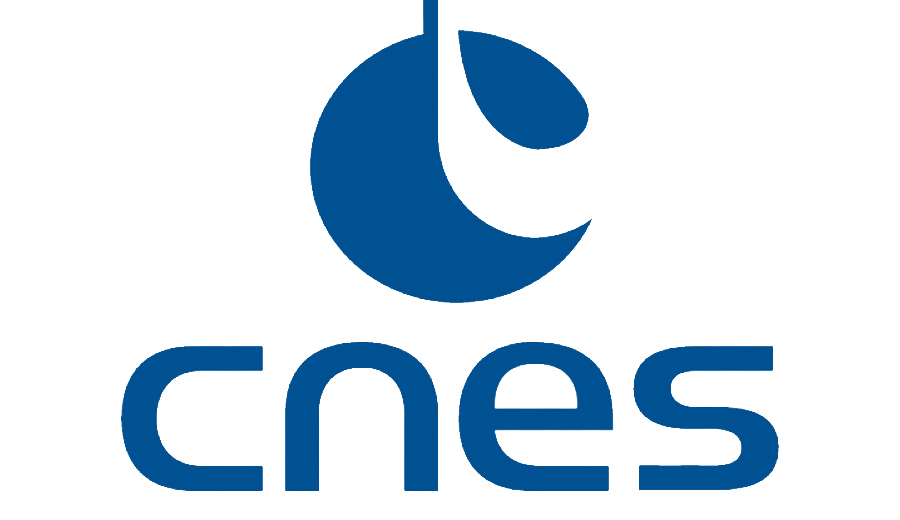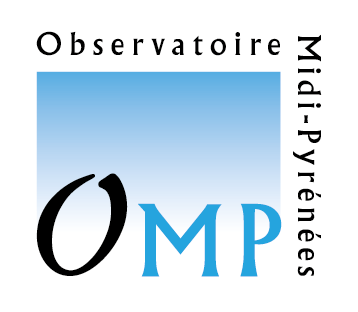Mars: The Curiosity rover delivers new observations of the geological history of Aeolis Mons
For nearly ten years, NASA’s Curiosity rover has been exploring the Martian soil with the objective of studying the potential past habitability of the Red Planet. Today, the international scientific consortium of this exploration mission, involving in France the Claude Bernard Lyon 1 University, the ENS of Lyon, the CNRS and the Toulouse III – Paul Sabatier University (1) , delivers new observations of the geological history of Mars, thanks to its Franco-American instrument ChemCam. The results are presented in a series of articles published in JGR-Planets.

Glen Torridon is a topographic trough located on the slope of Aeolis Mons, Gale crater, Mars. It corresponds to what was previously referred to as the “clay-bearing unit”, due to the relatively strong spectral signatures of clay minerals (mainly ferric smectites) detected from orbit.
Starting in January 2019, the Curiosity rover explored Glen Torridon for more than 700 sols (Martian days). The objectives of this campaign included acquiring a detailed understanding of the geologic context in which the clay minerals were formed, and determining the intensity of aqueous alteration experienced by the sediments.
Here, The authors of this series of articles, including Agnès Cousin, Olivier Gasnault, Olivier Forni, William Rapin, Jérémie Lasue, Pierre-Yves Meslin and Sylvestre Maurice of IRAP, present the major-element geochemistry of the bedrock as analyzed by the ChemCam instrument : “Our results reveal that the two main types of bedrock exposures identified in the lower part of Glen Torridon are associated with distinct chemical compositions (K-rich and Mg-rich), for which we are able to propose mineralogical interpretations. Moreover, the topmost stratigraphic member exposed in the region displays a stronger diagenetic overprint, especially at two locations close to the unconformable contact with the overlying Stimson formation, where the bedrock composition significantly deviates from the rest of Glen Torridon. Overall, the values of the Chemical Index of Alteration determined with ChemCam are elevated by Martian standards, suggesting the formation of clay minerals through open-system weathering. However, there is no indication that the alteration was stronger than in some terrains previously visited by Curiosity, which in turn implies that the enhanced orbital signatures are mostly controlled by non-compositional factors.“
Notes
- The laboratories involved are the Laboratoire de géologie de Lyon : Terre, planètes, environnement (LGL-TPE, Université Claude Bernard Lyon 1/CNRS/ENS de Lyon), the Institut de recherche en astrophysique et planétologie (IRAP, Université Toulouse Paul Sabatier/CNRS/CNES) and the Laboratoire de planétologie et géodynamique (LPG, CNRS/Université de Nantes/Université d’Angers).
Further Resources
- Scientific paper : Bedrock geochemistry and alteration history of the clay-bearing Glen Torridon region of Gale crater, Mars, by E. Dehouck, A. Cousin, N. Mangold, J. Frydenvang, O. Gasnault, O. Forni, W. Rapin, P. J. Gasda, G. Caravaca, G. David, C. C. Bedford, J. Lasue, P-Y Meslin, K. Rammelkamp, M. Desjardins, S. Le Mouélic, M. T. Thorpe, V. K. Fox, K. A. Bennett, A. B. Bryk, N. L. Lanza, S. Maurice, R. C. Wiens. JGR-Planets (2022) https://doi.org/10.1029/2021JE007103
- Press Releases :
IRAP Contacts
- Agnès Cousin, agnes.cousin@irap.omp.eu
- Olivier Gasnault, olivier.gasnault@irap.omp.eu
- Olivier Forni, olivier.forni@irap.omp.eu
- William Rapin, william.rapin@irap.omp.eu
- Jérémie Lasue, jeremie.lasue@irap.omp.eu
- Pierre-Yves Meslin, Pierre-Yves.Meslin@irap.omp.eu
- Sylvestre Maurice, sylvestre.maurice@irap.omp.eu






